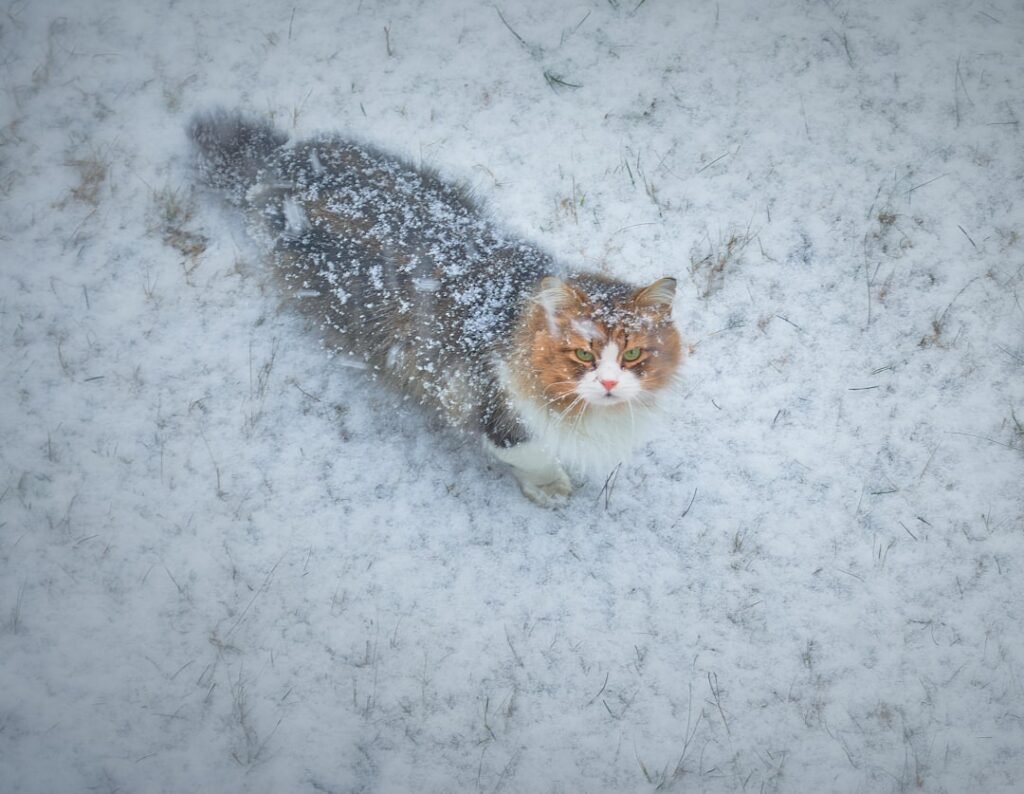When you think about Minnesota winters, your mind probably jumps to ice fishing, hockey, and maybe some polar plunges by brave locals. But there’s another story playing out every winter that doesn’t make the headlines – the quiet emergency happening in backyards, shelters, and veterinary clinics across the state. Minnesota can get very cold. The record for the coldest temperature in the state is sixty degrees below zero. While we’re bundling up in layers upon layers, our furry companions are fighting their own battle against temperatures that can literally be life-threatening.
The Reality of Minnesota’s Brutal Winters

Let’s be honest – Minnesota doesn’t mess around when it comes to cold weather. Winter in Minnesota can be described in many ways, but unpredictable isn’t one of them. At some point, it will snow and temperatures will drop below zero. High winds will raise the risk of being outdoors from hazardous to life-threatening. But here’s what might surprise you: It’s a common belief that dogs and cats are more resistant than people to cold weather because of their fur, but it’s untrue. Like people, cats and dogs are susceptible to frostbite and hypothermia and should be kept inside.
Cold weather also poses serious threats to animals’ health. Every year we take in several cats and dogs that have suffered from frostbite and hypothermia. Think about it this way – if you wouldn’t want to spend the night outside in a Minnesota January, neither would your pet. Yet every winter, animal shelters and emergency veterinary clinics see the same devastating cases rolling through their doors.
When Minutes Matter: Understanding Temperature Thresholds
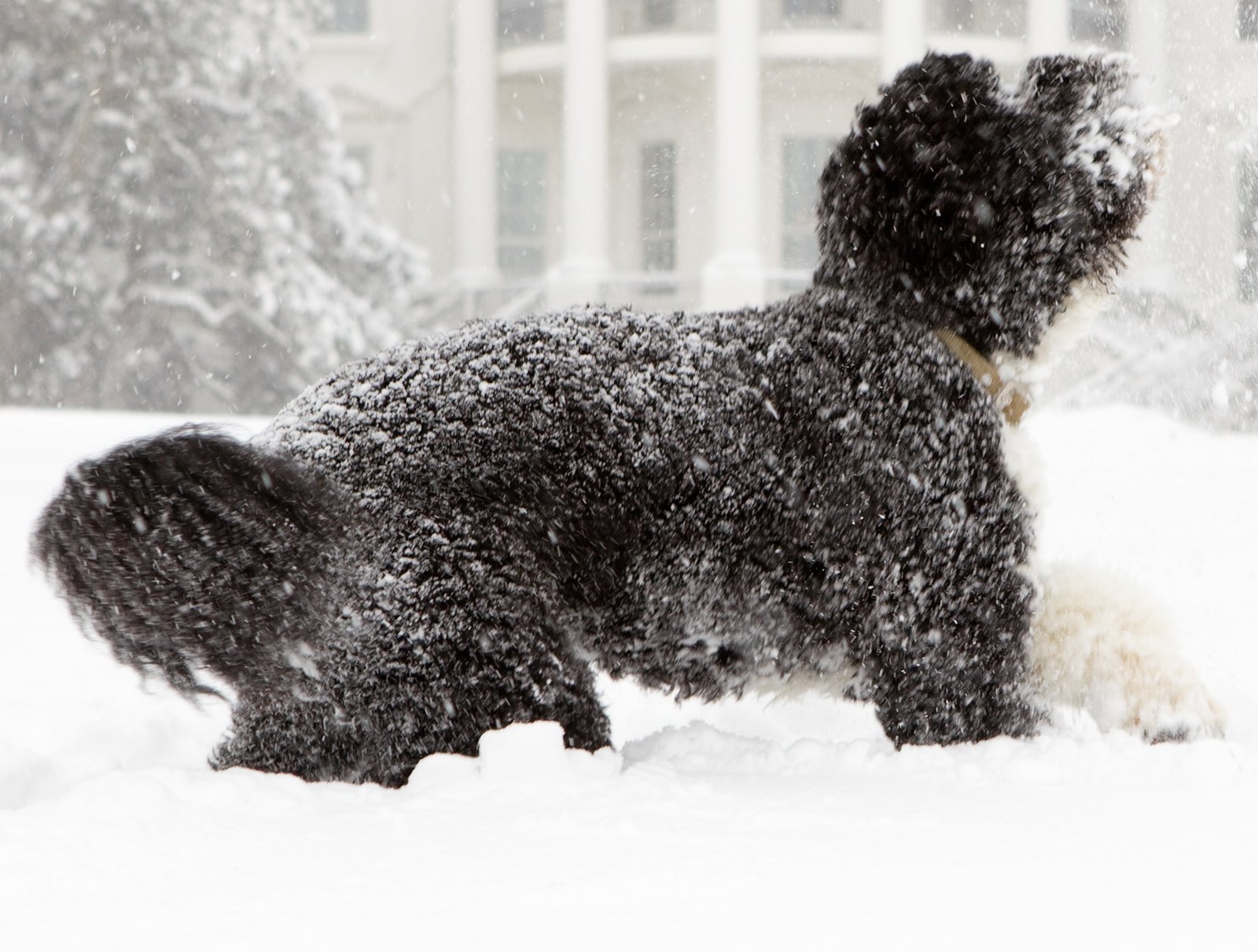
Here’s something that’ll make you think twice about those quick trips outside. Most dogs and cats, especially those with thinner coats, should not be exposed to freezing temperatures for more than 10-15 minutes without access to a warmer space. Prolonged exposure can lead to hypothermia and frostbite. And for some pets, even that’s too long. For pets – especially short-haired dogs and cats – frostbite risk increases significantly in prolonged exposure to below-freezing temperatures, with risk rising substantially as temperatures drop well below 32 degrees Fahrenheit.
Now, if you’re thinking your Golden Retriever is tougher than that Chihuahua next door, you’re partially right. Pets’ cold tolerance varies based on their coat, body fat, age, activity level, and overall health. Breed also plays a role. But even the fluffiest Husky has limits. Any temperature less than 20°F warrants dog booties and a dog jacket. That said, keep in mind that some dogs have a very thin hair coat and lack of body fat to insulate them – dogs such as greyhounds, Italian greyhounds, Boxers, pit bulls, etc., may need a protective gear at temperatures less than 30°F.
Hypothermia: The Silent Killer

Extremely cold temperatures aren’t uncommon in Minnesota, and hypothermia is a real concern for pets. As a rule of thumb: if you’re cold, they’re cold. But hypothermia in pets isn’t always as obvious as you’d think. If your pet is whining, shivering, seems anxious, slows down or stops moving, seems weak, or starts looking for warm places to burrow, get them back inside quickly because they are showing signs of hypothermia.
The scary part? This makes hypothermia one of the most common issues caused by frosty weather. As in humans, hypothermia in pets results from low body temperature caused by extreme cold. Veterinarians classify hypothermia into three levels based on how far below normal body temperature (101-102.5°F for dogs) the pet has dropped: Mild Hypothermia: Body temperature between 90-99 degrees Fahrenheit. Moderate Hypothermia: Body temperature between 82-90 degrees Fahrenheit. Severe Hypothermia: Body temperature below 82 degrees Fahrenheit. By the time you notice something’s wrong, your pet might already be in serious trouble.
Frostbite: More Than Just Cold Paws
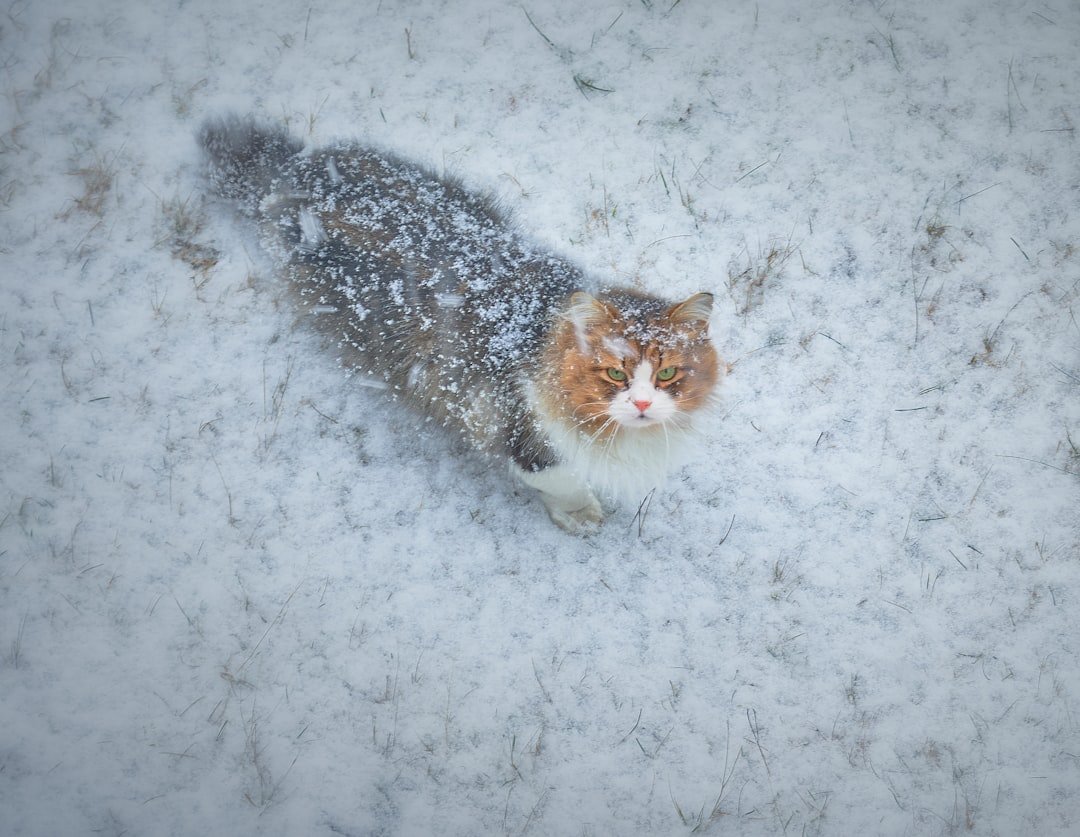
Frostbite might sound like something that only happens to mountain climbers, but it’s actually terrifyingly common in Minnesota pets. Every winter we receive multiple cats with severe frostbite oftentimes losing tails, ears, and frozen feet pads. The cruel irony is that frostbite often goes unnoticed until it’s too late. Frostbite is harder to detect, and may not be fully recognized until a few days after the damage is done. If you suspect your pet has hypothermia or frostbite, consult your veterinarian immediately.
When pets get cold, the body shifts blood to the core and vital organs, and away from extremities (paws, ear tips, tails). This can result in frostbite in those areas, especially if you have a senior dog, small dog, or a dog with shorter fur. Affected tissue may turn gray as it freezes and dies, leading to potential long-term damage or even amputation in severe cases. Imagine explaining to a kid why their cat suddenly needs surgery to remove frostbitten ears.
The Hidden Danger of Winter Chemicals
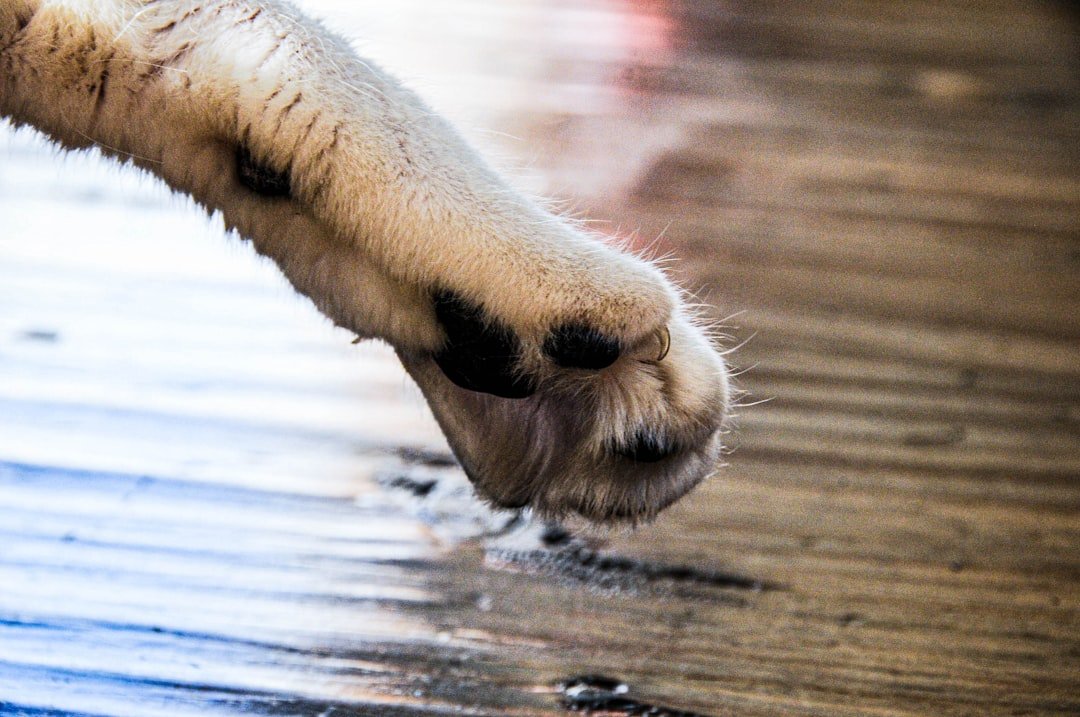
Road salt might make our sidewalks safer, but it’s creating a different kind of hazard for our pets. Winter sidewalks are usually salted to keep ice from building up. This salt or ice melt is dangerous for your pet’s paws and can cause burns. And it’s not just about burned paw pads – pets are curious creatures who lick their feet after walks.
Warning signs of salt ingestion include vomiting, diarrhea, lethargy, not eating, excessive thirst and/or urination, incoordination, tremors and seizures. Even worse, there’s another winter chemical that’s literally a pet killer. Antifreeze (ethylene glycol) is extremely toxic to pets and can be life-threatening. Since antifreeze has a sweet smell and taste, curious pets often lap up spills or chew on the bottles. Antifreeze is especially dangerous because even small amounts can cause severe and permanent kidney damage.
Cars: Death Traps in Disguise
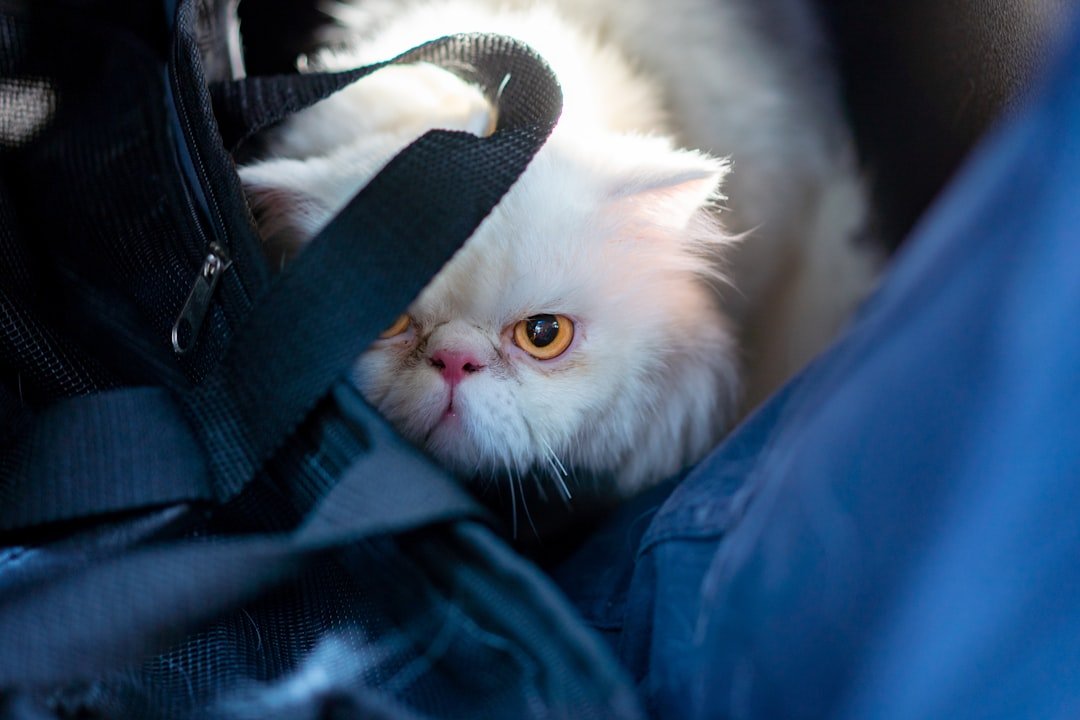
We all know not to leave pets in hot cars during summer, but cold cars are just as dangerous. Hot cars are a known threat to pets, but cold cars also pose significant risk to your pet’s health. You’re already familiar with how a car can rapidly cool down in cold weather; it becomes like a refrigerator, and can rapidly chill your pet. Just like you wouldn’t leave your pet in a hot car, you should never leave your pet in a car in cold temperatures. Dogs can develop hypothermia if left for too long.
But there’s another car danger that most people never think about. Make sure to “bang” on your car hood before starting the car (this is particularly important if you see paw prints on your hood!). Cats often hide under a car hood when it’s warm, and can develop severe fan belt injuries (including broken jaw bones, severe lacerations, etc.) when the car is started. One morning routine could turn into a tragedy because a stray cat was just trying to stay warm.
The Law Takes Winter Pet Safety Seriously
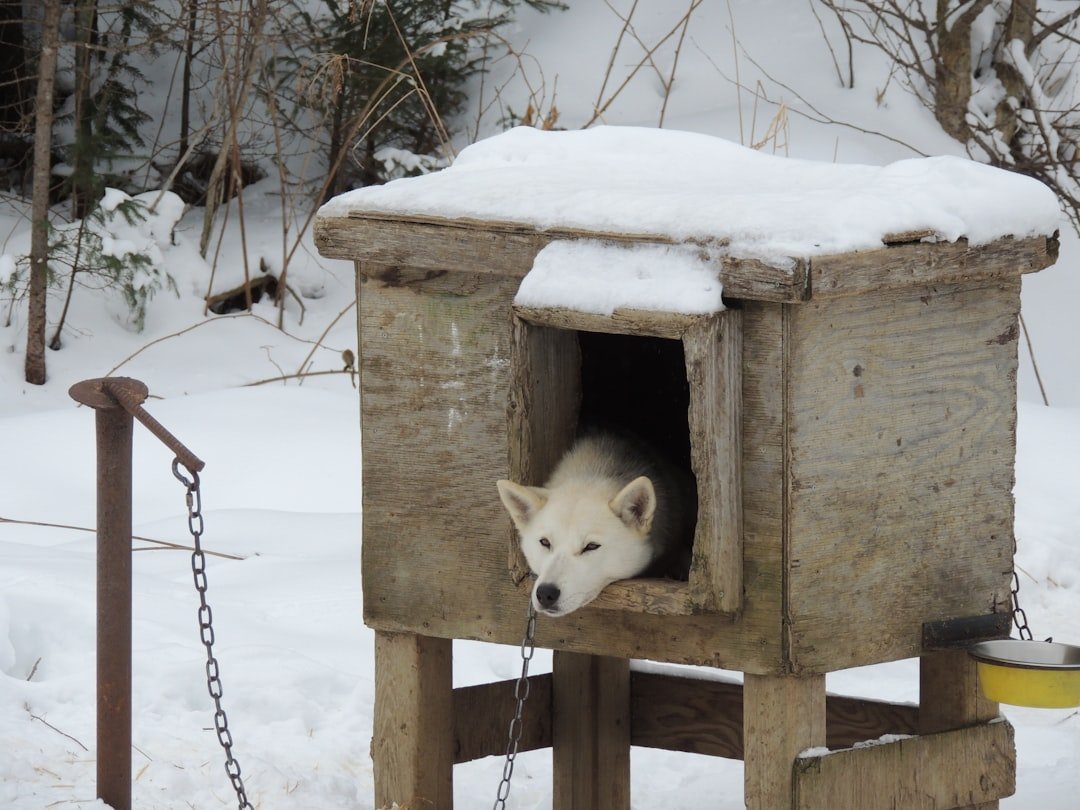
Minnesota doesn’t just suggest keeping pets safe in winter – it legally requires it. Minnesota state statute 343.40 is dedicated to dog houses. A person in charge or control of any dog which is kept outdoors or in an unheated enclosure shall provide the dog with shelter and bedding as prescribed in this section as a minimum. The law is specific about what constitutes adequate shelter too.
The shelter shall include a moistureproof and windproof structure of suitable size to accommodate the dog and allow retention of body heat. It shall be made of durable material with proper flooring and bedding. If you do leave your pet outside for more than ten minutes, make sure they have a warm place in which to stay. If your pet is an “outdoor” dog, a solid, insulated doghouse, as well as access to unfrozen water is required by law. Breaking these laws isn’t just cruel – it’s illegal.
High-Risk Pets: Who’s Most Vulnerable
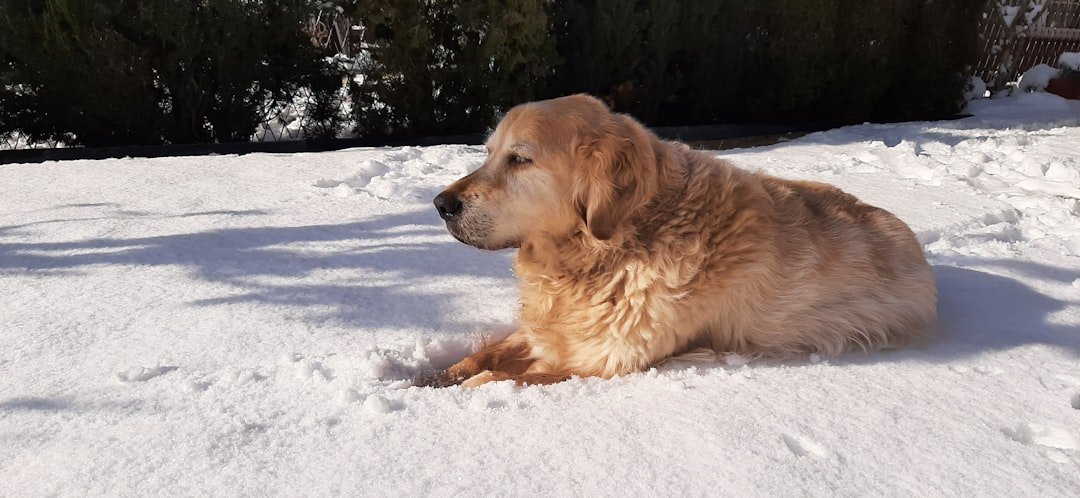
Not all pets face winter with the same odds. Pets with diabetes, heart disease, kidney disease, or hormonal imbalances (such as Cushing’s disease) may have a harder time regulating their body temperature and may be more susceptible to problems from temperature extremes. The same goes for very young and very old pets. Senior pets have additional challenges too.
Senior dogs often have arthritis which is more noticeable during cold weather. Joints become stiffer and mobility is limited. Arthritic pets may have difficulty walking on snow and ice which may make them more prone to slipping or getting injured. It’s a good idea to shorten walks in cold, snowy, or icy weather. These pets aren’t just uncomfortable – they’re in real danger every time they step outside.
Winter Weight: The Double-Edged Problem
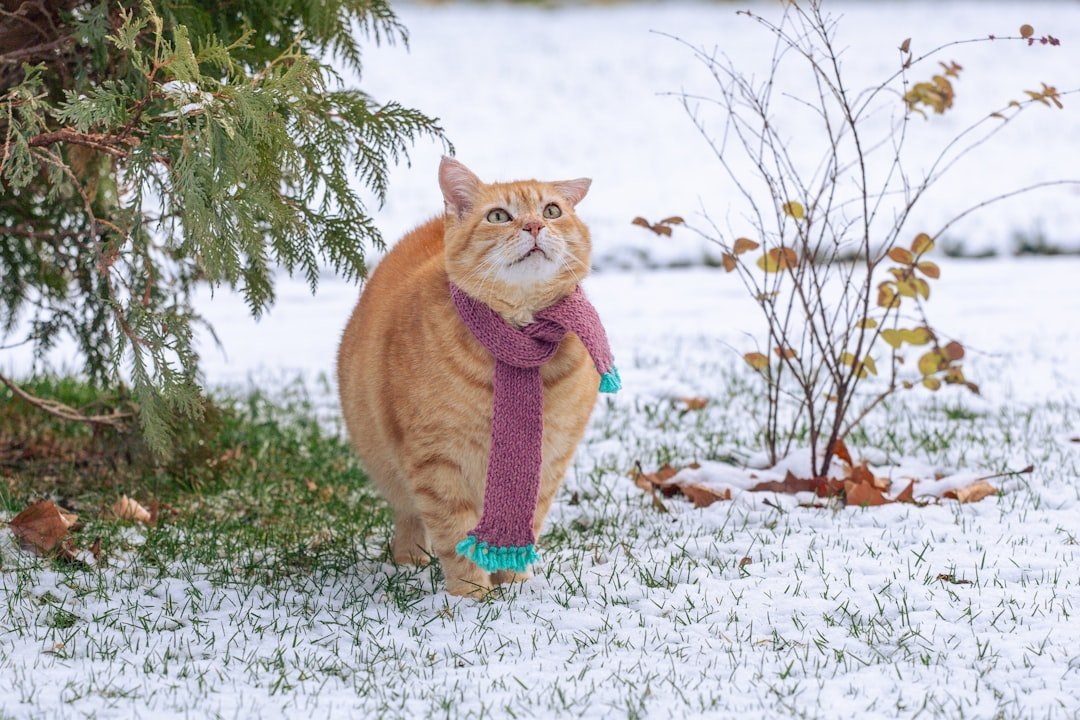
Here’s a winter problem that sneaks up on pet owners: weight gain. Unless your pet is a grizzly bear preparing for hibernation, this is a tough combination. Pets don’t get nearly as much exercise during the winter months and this can lead to gaining unwanted winter weight. Since pets are less active during the winter, they require fewer calories so you may need to adjust meal portions if your friend is looking “fluffier” than usual.
But here’s the twist – outdoor pets actually need more food in winter. Outdoor pets typically need more food in cold weather because they must burn more calories to keep warm. It’s a balancing act that many pet owners get wrong, and the consequences show up both on the scale and in their pet’s ability to handle cold temperatures.
Emergency Preparedness: When the Unexpected Happens
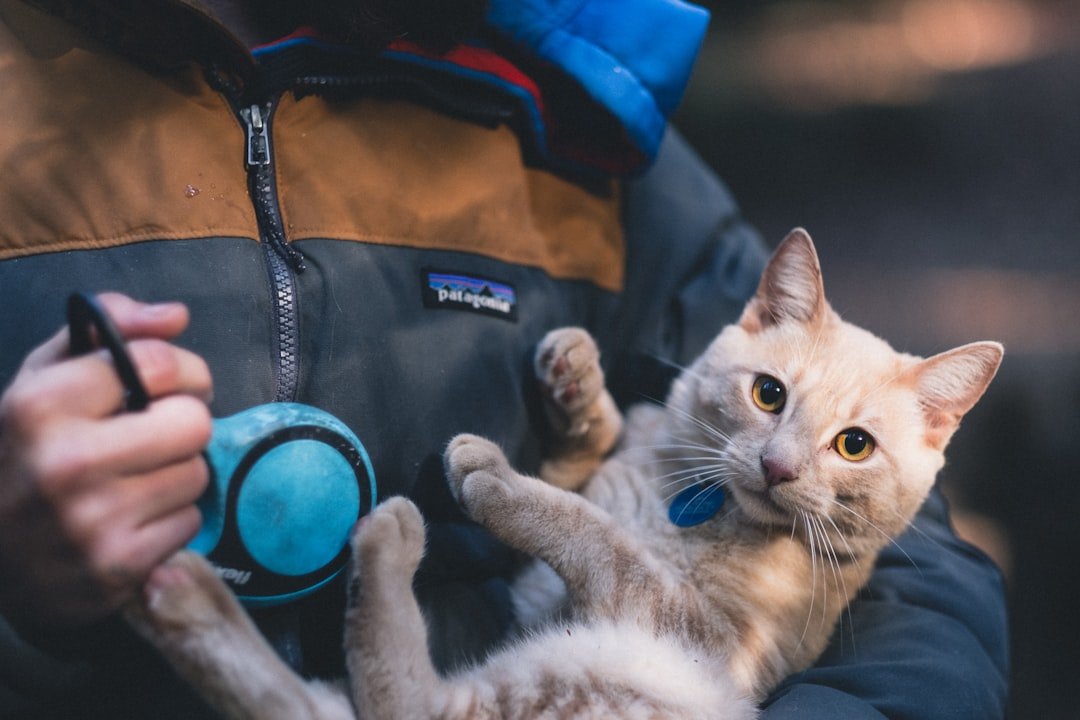
Minnesota winters throw curveballs. The Twin Cities have already had several winter storms that have impeded travel and caused cancellations and closures. We advise having a snow day emergency kit in your home, as well as each of your cars, for both you and your pets. But preparation goes beyond just having extra kibble on hand.
Cold weather also brings the risks of severe winter weather, blizzards and power outages. Prepare a disaster/emergency kit, and include your pet in your plans. Have enough food, water and medicine (including any prescription medications as well as heartworm and flea/tick preventives) on hand to get through at least 5 days. When the power goes out and the roads are impassable, your pet can’t wait for you to figure things out. The time to plan is now, not when the storm hits.
Taking Action: Your Pet’s Winter Survival Guide

So what can you actually do? Start with the basics: On very cold days, do not leave your pet outside while you are at work or away for extended periods of time. Let your pet stay inside! When you do go outside, dress appropriately. This is when things get a bit more complicated & clothing will vary based on a few different scenarios: Quick potty break right outside the door? A higher risk dog should wear a coat. If your pet will be walking near ice melt or icy areas, if your dog’s paws get easily irritated, or if your dog has hairy paws that easily collect snow – add boots!
After every winter walk, make it a habit to clean your pet’s paws. De-icing salt, even pet-safe salt, can irritate the skin of your pet’s feet. After walking on any salted roadways or sidewalks, rinse and dry your pet’s paws when you get home. Don’t forget the legs and belly, too! This simple routine could prevent poisoning and painful chemical burns. Pay attention to your pet’s behavior and limit their exposure to cold weather. Always provide a warm space for them to retreat to, and if you notice any concerning signs of cold-related injuries, seek veterinary care immediately.
Minnesota winters are beautiful, but they’re also dangerous for our four-legged family members. At WSU, we treat hypothermic and frostbitten dogs and cats every year. These cases often involve outdoor pets with inadequate shelter or pets that have been lost and exposed to the elements for too long. The good news? Most of these tragedies are completely preventable. Your pet is counting on you to make the right choices when that mercury drops. Are you ready to keep them safe?

